In today’s article, Peter Suciu takes a look at the Battle of Antonov Airport, a key engagement in the early days of the Russian invasion of Ukraine. Antonov International Airport (GML) is located northwest of Kyiv (formerly: Kiev) and was intended to support Russian troops moving on the Ukrainian capital. Ultimately, the Russian advance was stopped by the tenacious defense and counter-attacks of the Ukrainian defenders.
The Battle of Antonov Airport is also known as the Battle of Hostomel Airport. To distinguish this engagement from the larger Battle of Hostomel, many people prefer to use the former term rather than the later. We follow suit here.
Military planners don’t use the words “daring,” “bold” or “audacious,” nor will they describe an operation as “risky” or “perilous.” All those terms are employed by historians after the fact. Yet, many plans are still bold, risky and at times perilous — and for good reason. War is tricky business, and requires a certain amount of daring and risk to achieve victory.
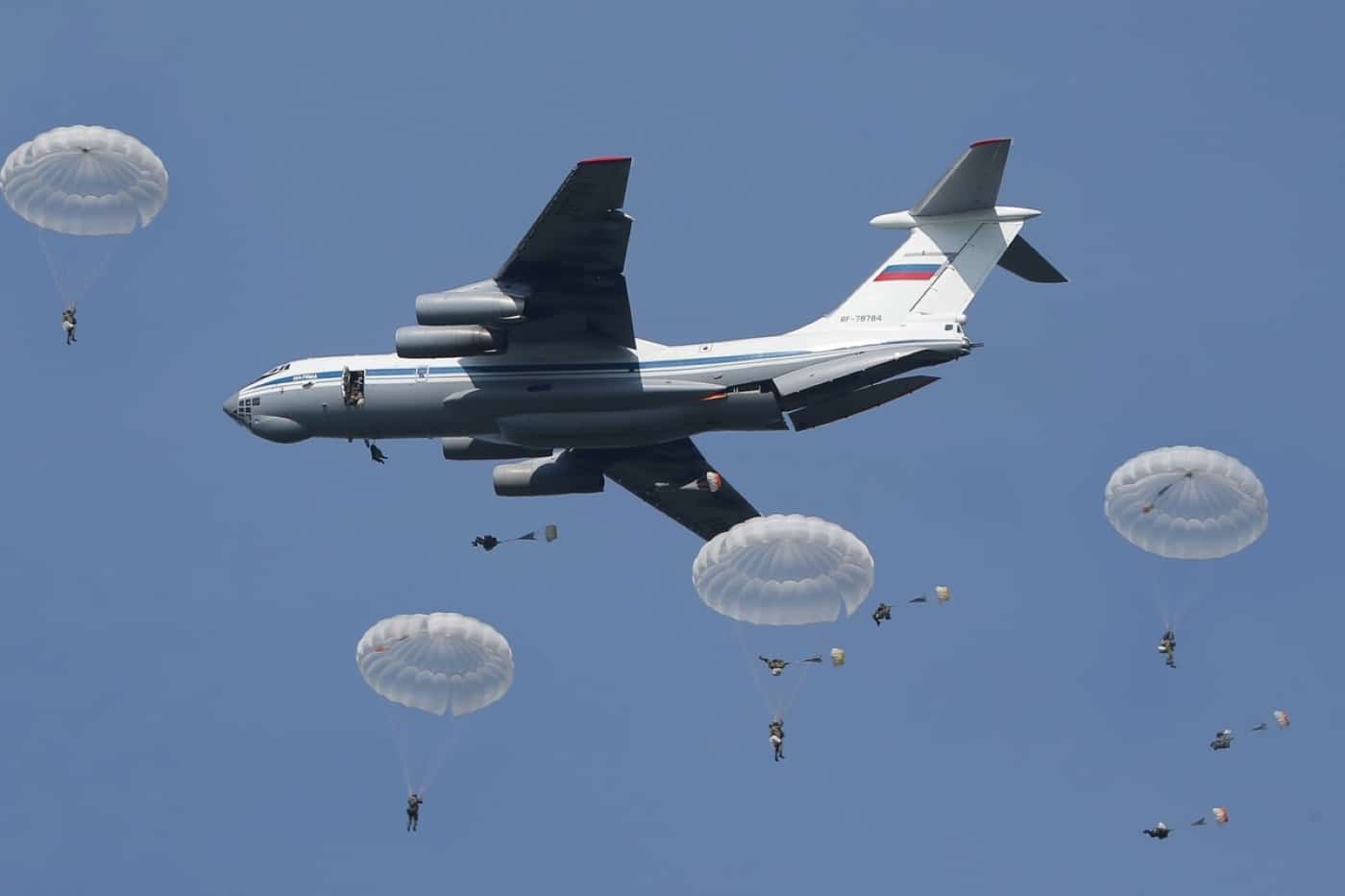
The Prussian military thinker Carl von Clausewitz was noted for writing, “Given the same amount of intelligence, timidity will do a thousand times more damage than audacity.” Of course, von Clausewitz also argued that “there is only one decisive victory: the last.”
All of this is important to note when military planners conceived of what can now in hindsight be rightfully described as a bold plan that was meant to bring a quick and decisive victory. One such campaign called for airborne troops, dropping deep behind enemy lines to seize a key strategic asset and then hold it until ground forces could arrive. Of course, the enemy had other plans and the engagement didn’t result in a decisive victory or anything close to it.
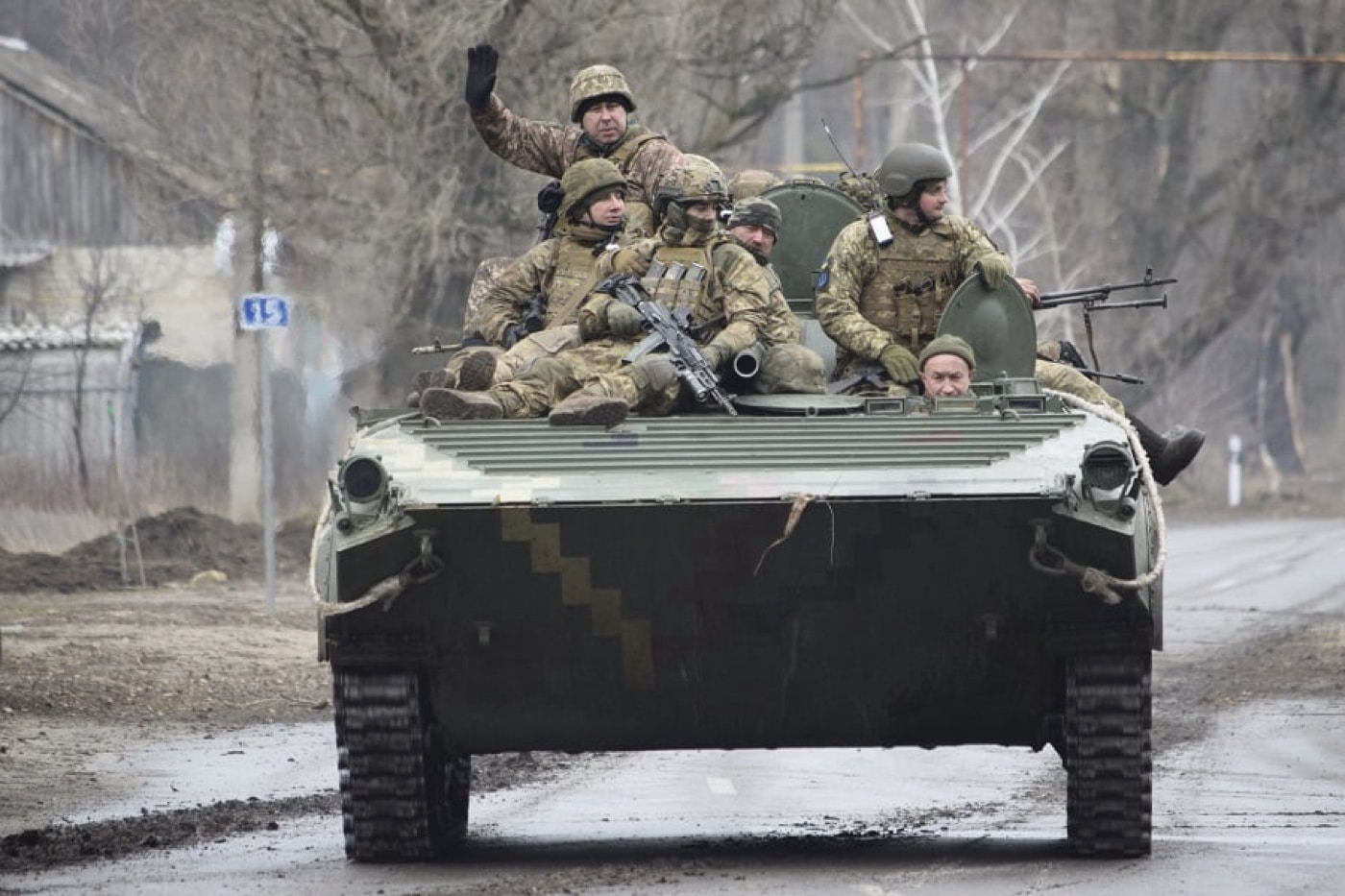
That may sound like the plot of the film A Bridge Too Far — based on the actual Operation Market Garden of the Second World War that was fought nearly 80 years ago — but it was actually from the now largely forgotten Battle of Antonov Airport that took place just over two years ago, which occurred in the opening stages of Russia’s unprovoked invasion of Ukraine.
Instead of a British-led attempt to capture several key bridges left intact in Nazi-occupied Netherlands, the Russian operation looked to take control of a cargo airport located just over six miles northwest of the Ukrainian capital of Kyiv.
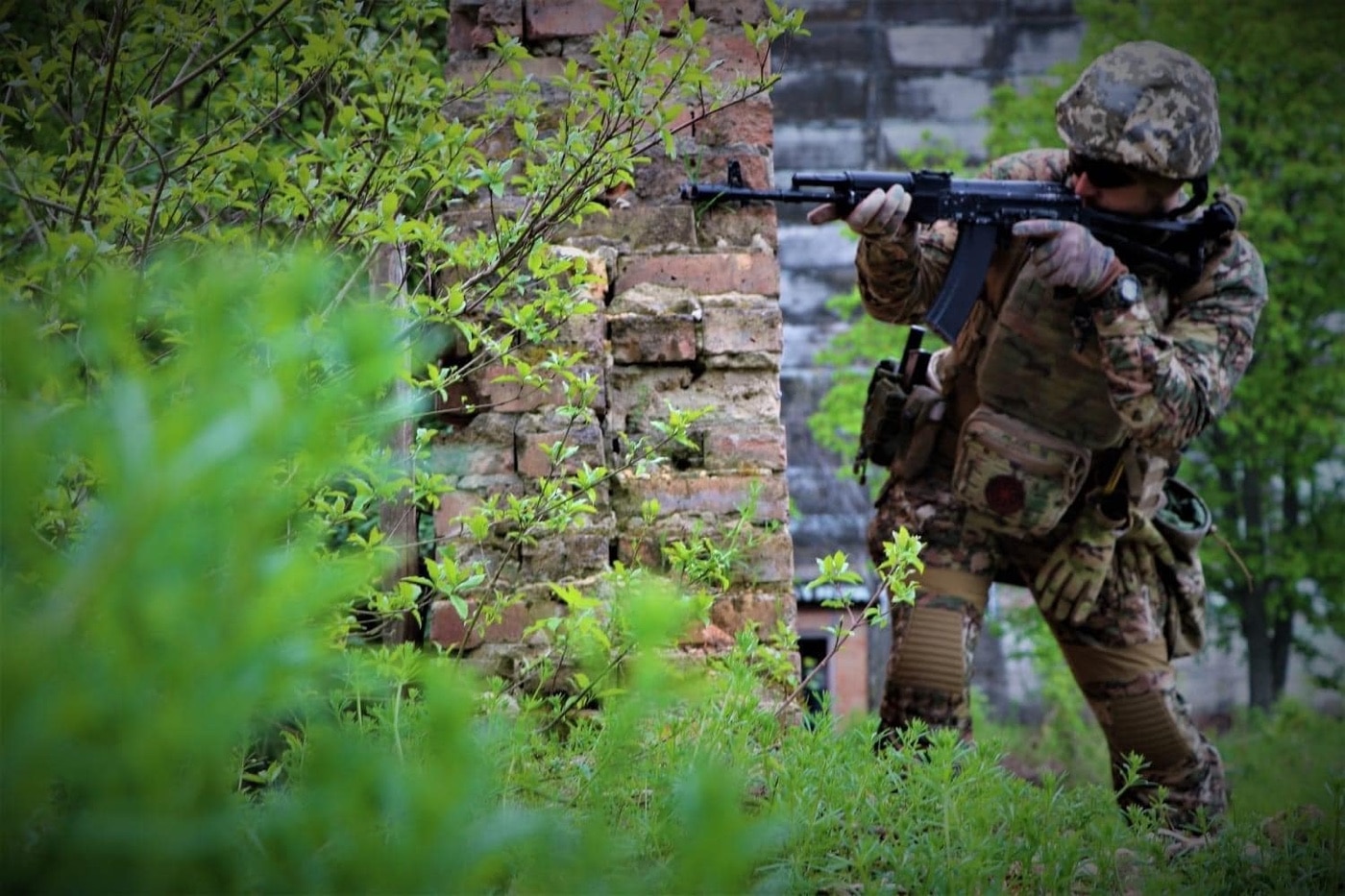
The Kremlin’s plan called for the airport to be quickly overrun, and then use the facility to airlift additional troops and heavier equipment to then move on Kyiv.
Much like Market Garden, it had moments of success, only for the situation to change quickly. Yet, it was far from the only lesson in history that highlighted how airborne operations present both risk and reward.
Mixed Results — History of Airborne Operations
The first known airborne operation actually happened nearly three decades before Market Garden when Maximilian Hermann Richard Paschen von Cossel, then Lieutenant of the Royal Prussian Army, was dropped behind enemy lines on the Russian front. Cossel successfully blew up a railway line and then managed to return to friendly lines.
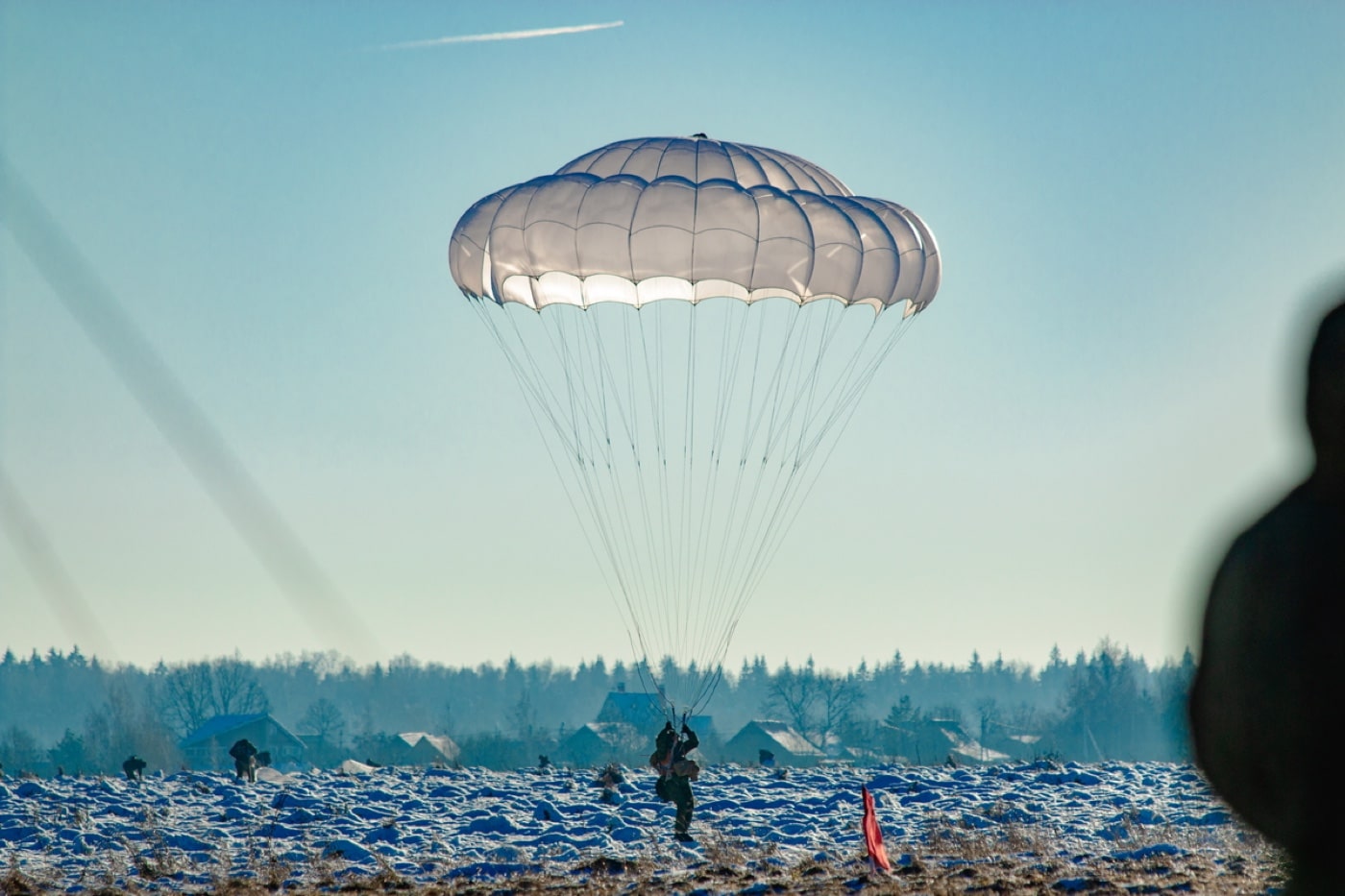
It was then on April 9, 1940 — as part of Weserübung, the invasion of Denmark — when units of German paratroopers first took part in large-scale combat operations, supported by infantry and armor. The Fallschirmjäger troops later were employed in the invasion of Norway and the Netherlands. It was during the latter operations that Germany’s paratroopers suffered the first noted setback, suffering heavy casualties while taking the town of Dordrecht. While they successfully captured several airfields — key to their objectives — many of their aircraft had been shot down.
Despite the mixed performance of the Fallschirmjägers in the Netherlands, airborne operations were again carried out during the Greek Campaign in 1941. But these also didn’t go so smoothly, and one group was even accidentally dropped into the sea, with many of the paratroopers drowning.
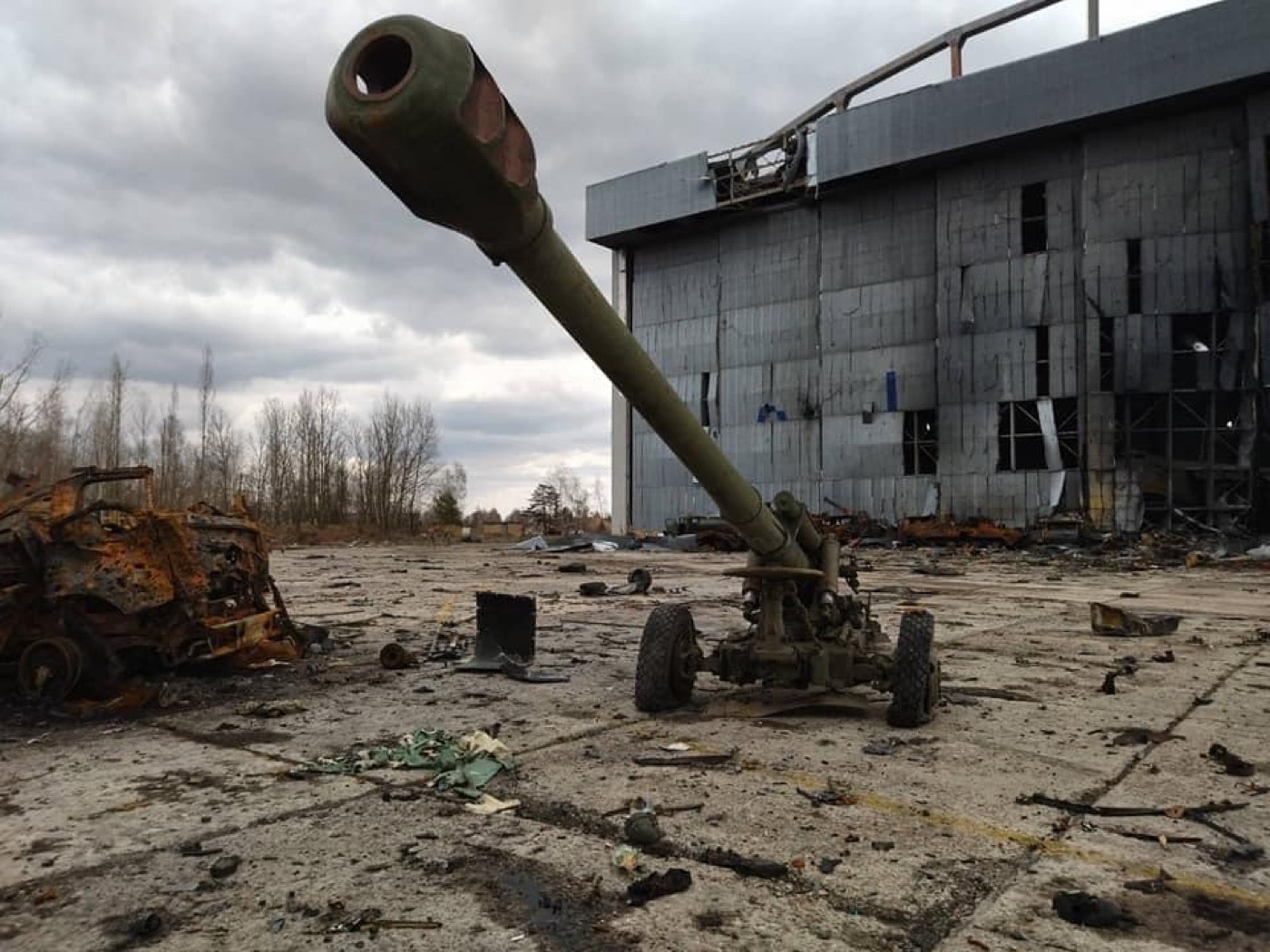
The last major German paratrooper drop was carried out during Operation Merkur to capture the Greek Island of Crete. While the operation was successful and resulted in some 15,000 British and Commonwealth troops being captured, the Fallschirmjägers experienced high losses. In addition, the German Air Ministry lost a significant number of transport aircraft. Following that operation, Adolf Hitler ordered that the Luftwaffe conduct no further airborne missions.
The Allies also employed paratroopers to a great extent in World War II, and the British and American airborne units played a critical role in the D-Day landings. However, as noted by the aforementioned movie, in September 1944, they went a bridge too far — and Operation Market Garden failed to meet its objectives, and the casualties were especially high. One factor was that it called for absolutely everything to go right, and thus from the beginning it was essentially doomed to fail.
Air Assault on the Hostomel Airport
Clearly, the Kremlin didn’t get the memo about the mixed results that airborne forces had delivered notably during Operation Market Garden, but it should be remembered that Moscow didn’t anticipate much resistance. It was expected Kyiv would be reached in three days or sooner — at least, that was the plan. The Russian ground forces failed to ask the Ukrainians their opinion on the issue.
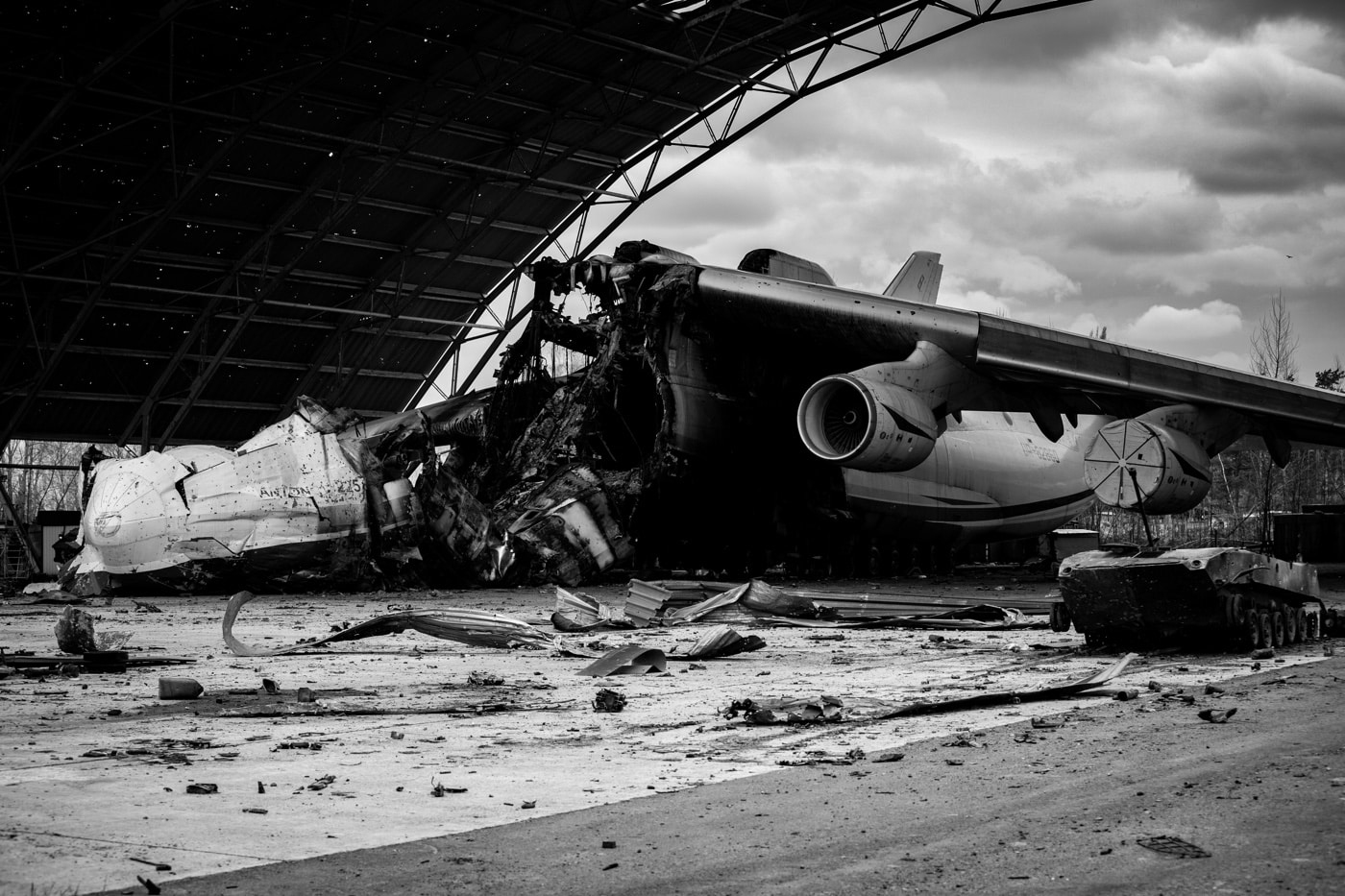
Underestimating an enemy wasn’t unique to these two airborne operations, and it has been an issue throughout history. But clearly, the Kremlin’s expectations in Ukraine should be seen as unrealistic.
Part of the issue was that it relied too much on wishful thinking. Russian President Vladimir Putin had hoped that if Kyiv could be taken quickly, a pro-Russian regime could be installed — not all that different from how the Soviet Union under Joseph Stalin subdued much of Eastern and Central Europe — and resistance would be minimal to nonexistent.
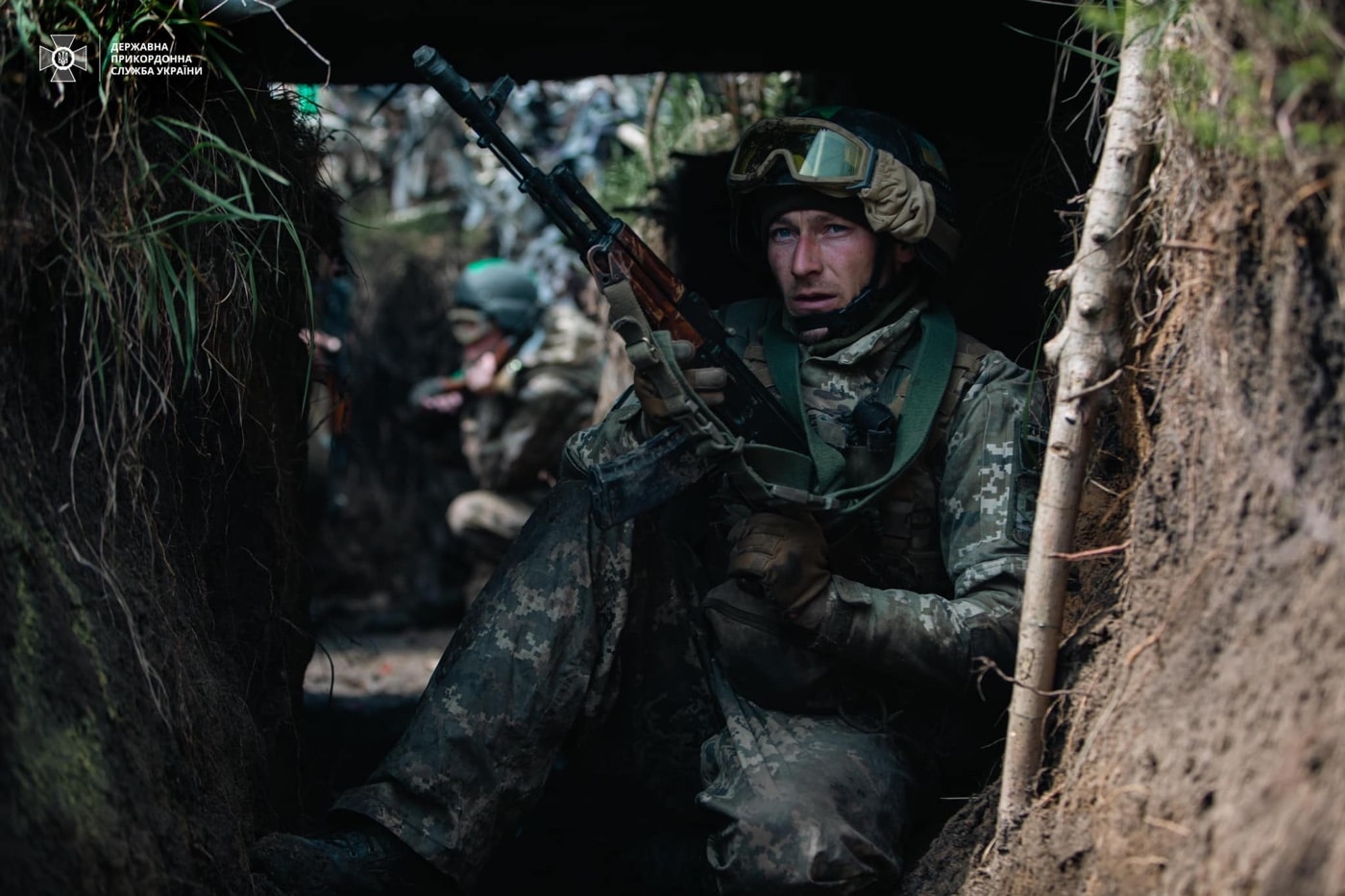
Seizing an airport to mount a larger attack had been achieved by the Russians previously, notably the Simferopol airport that Russia’s “Little Green Men” took control of that preceded the annexation of Crimea in 2014.
As a result, confidence was running high, perhaps too high, when Russia began its “special military operation” on February 24, 2022.
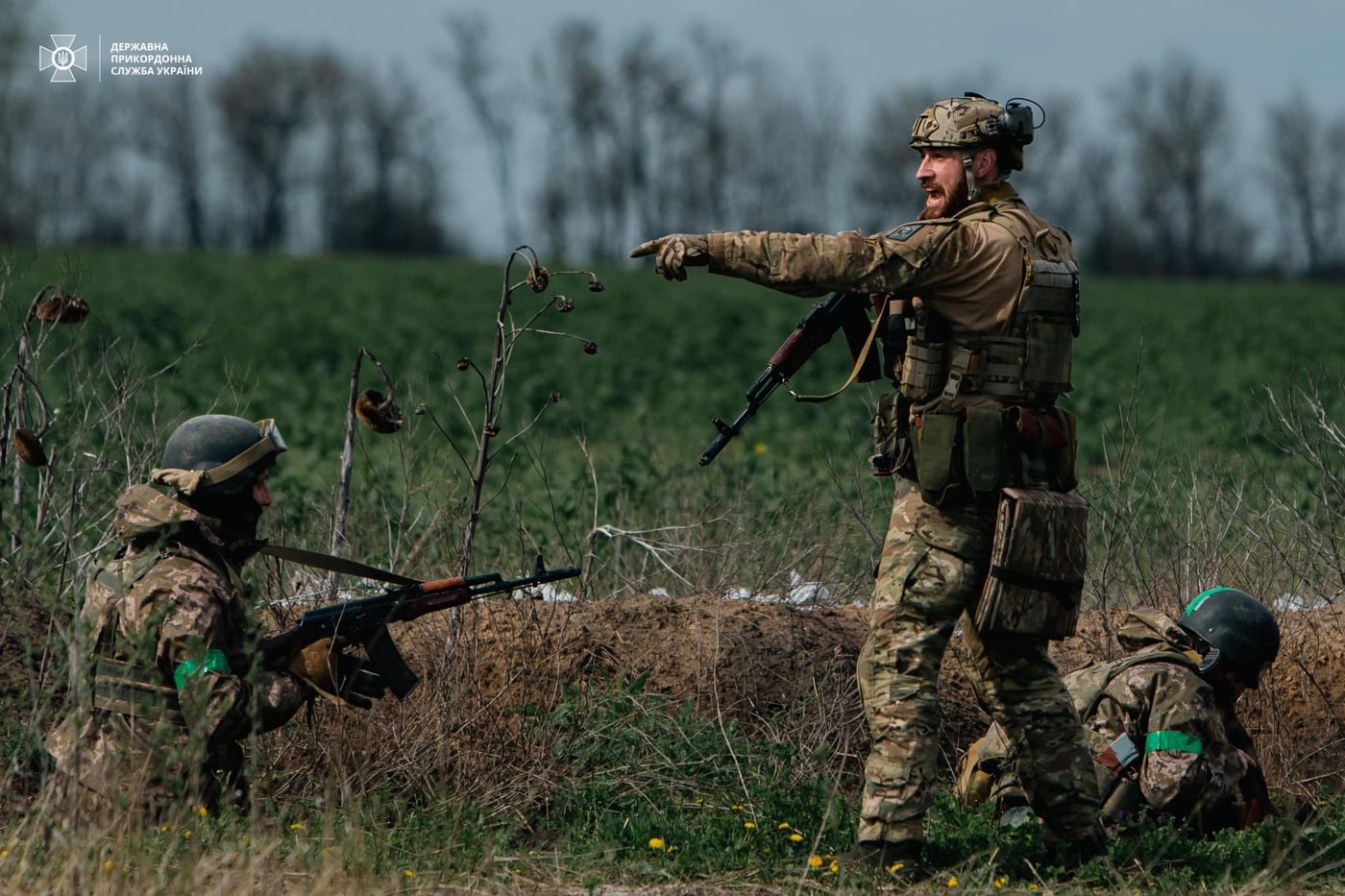
There have been reports that Russian soldiers were told they’d be greeted as liberators with young girls handing them flowers. Thus, the Russians anticipated the invasion to be like the scenes in A Bridge Too Far where the populace came out to welcome the columns of tanks. That certainly could explain why Russian tankers reportedly brought dress uniforms rather than cold weather clothing in the late February invasion.
It also explains why the Russian forces were decimated in their assault on Kyiv just weeks later. The landings at the Hostomel Airport seems to have been a portent for what was to come.
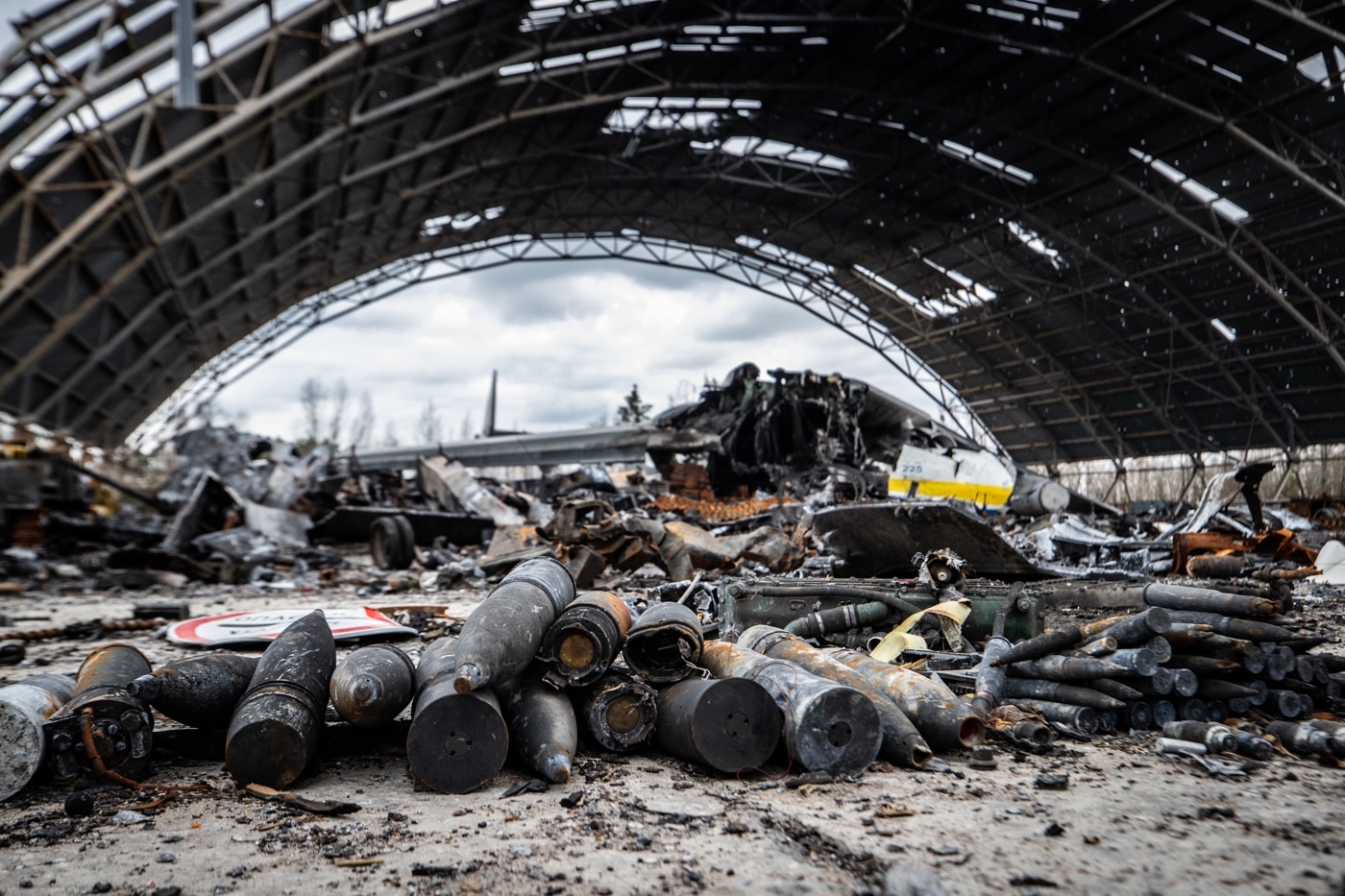
As the Modern Warfare Institute (MWI) at West Point noted, “The geographic similarities between mass parachute operations in the Netherlands during Operation Market Garden and the early morning airborne assault on Antonov Airport near Kyiv are striking. Both objectives were approximately 60 miles from the nearest friendly lines. Commanders sought to significantly shorten the war by seizing critical operational and strategic objectives. Commanders in both cases underestimated the enemy forces waiting below.”
There may have been no bridge to hold in Ukraine, nor were there multiple objectives — yet the airport proved to be as significant an obstacle as the Arnhem Bridge. In addition to serving as a cargo airport, it was also a military airbase with an 11,483 foot (3,500 meter) runway that was capable of supporting the largest of transport aircraft.
VDV — Russian Airborne Troops
The unit charged with leading the assault was the Vozdushno-desantnye voyska Rossii (VDV), an elite Russian airborne organization, designed to serve as “light imperial infantry.” As MWI also described the unit, except for the vaunted and mysterious Spetsnaz (Russian special forces), the 45,000-strong VDV is seen as the most elite element of the Russian military. It is celebrated with the annual and nationally recognized Paratroopers Day, while it maintains a separate branch status on par with the Russian Strategic Missile Forces, responsible for ground-based nuclear missiles, within the Russian Armed Forces.
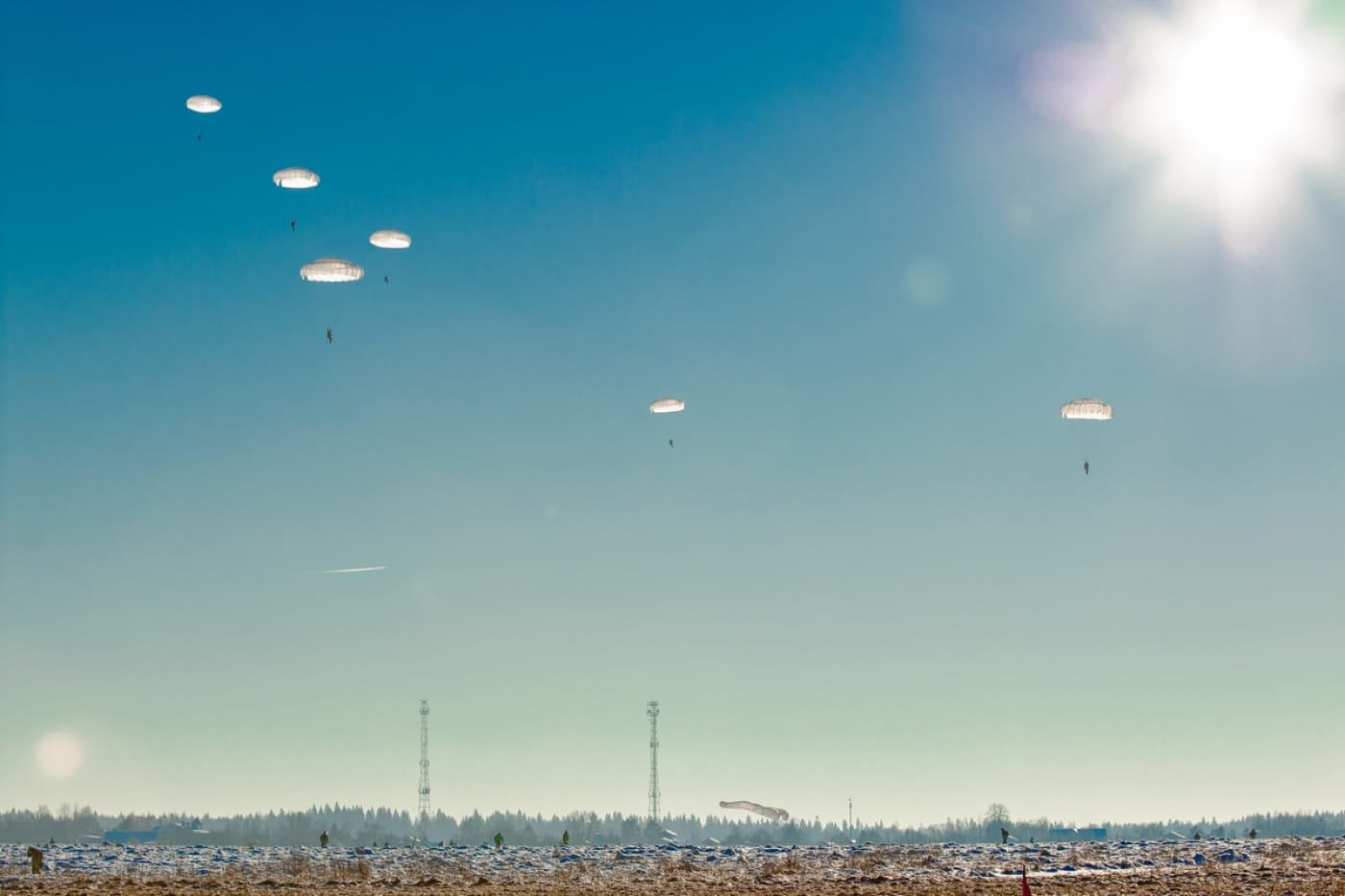
Dating back to the era of the Soviet Red Army, the Russian VDV was the first military organization to practice parachute operations as a mass military maneuver, starting with initial 12-parachutist sticks in 1930 and progressing to brigade-sized elements by 1933. More recently, units of the VDV were believed to have been among those “Little Green Men” — who wore unmarked uniforms or disguised themselves as pro-Russian separatists — that helped seize Crimea in 2014.
The VDV could be described as an elite of elites, and the fact that it was tasked with the mission also suggests that at least some Russian military planners didn’t expect every Ukrainian to be so welcoming.
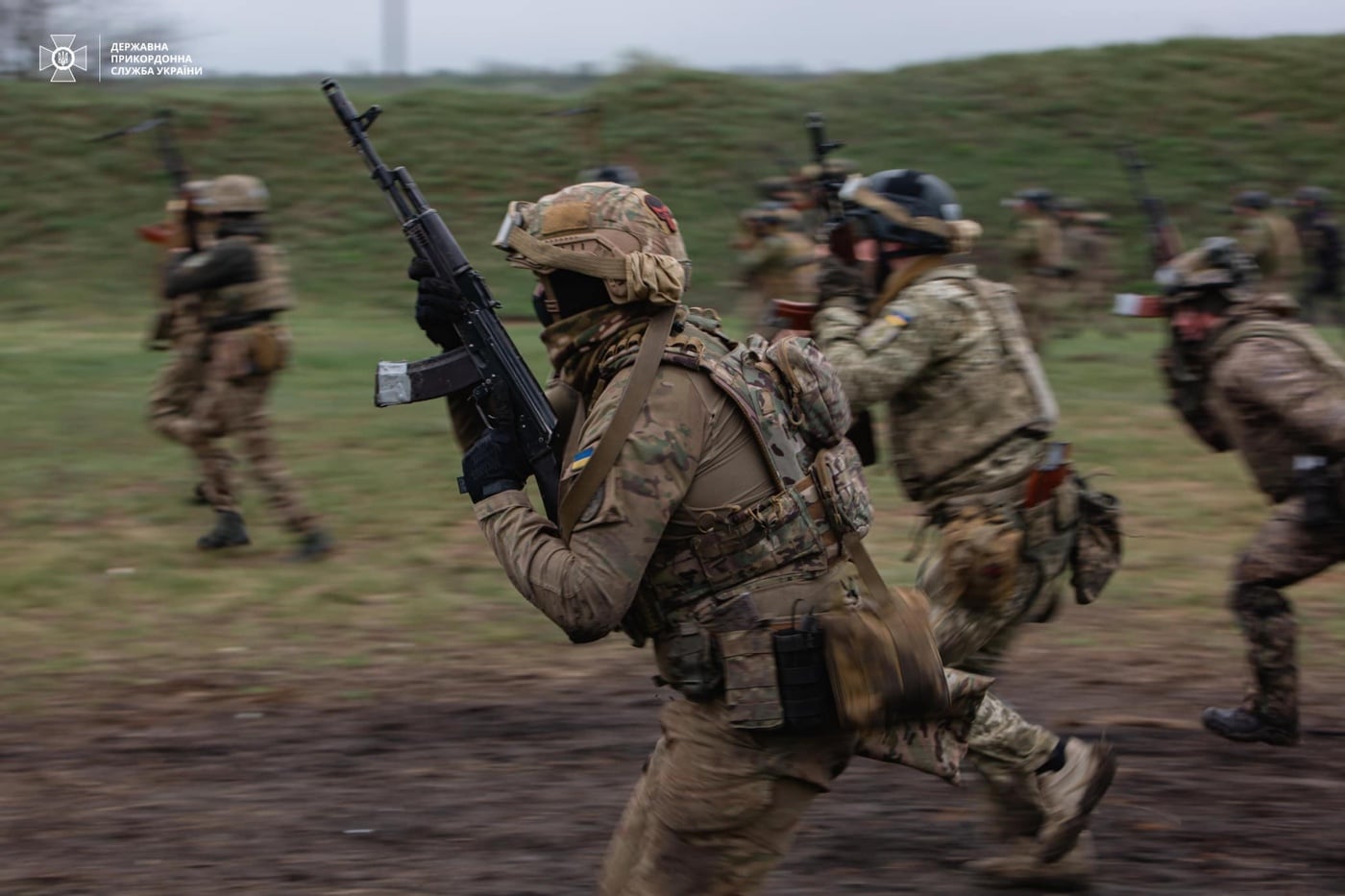
The initial VDV assault into the Antonov Airport began as part of Russia’s special military operation, which Putin propagandized as a move to “de-Nazify” Ukraine. It consisted of approximately a company-sized element of three hundred light infantry soldiers, armed with light anti-tank weapons and assault rifles.
While the VDV troops — which included the 11th Guards Air Assault Brigade — were trained as paratroopers, most reports indicated they were carried into the fight on upwards of 34 Mi-8 helicopters and supported by Ka-52 Alligator attack choppers. Thus they had far more support than the British 1st Airborne Division had at Arnhem.

Much like the initial wave during Market Garden, the Russian military essentially utilized an infiltration corridor straight to the airport. This included firing missiles to neutralize the defenses, while radars were damaged and major air defense sites targeted.
It may have seemed like overkill, given that the airport was defended by a small garrison of about 300 Ukrainian National Guard troops, with the remainder of the unit believed to have been sent to the frontlines in eastern Ukraine. Yet, when the attack began around 8 am local time, the Ukrainian forces sprung into action with a ferocity known only to men defending their homes and families.
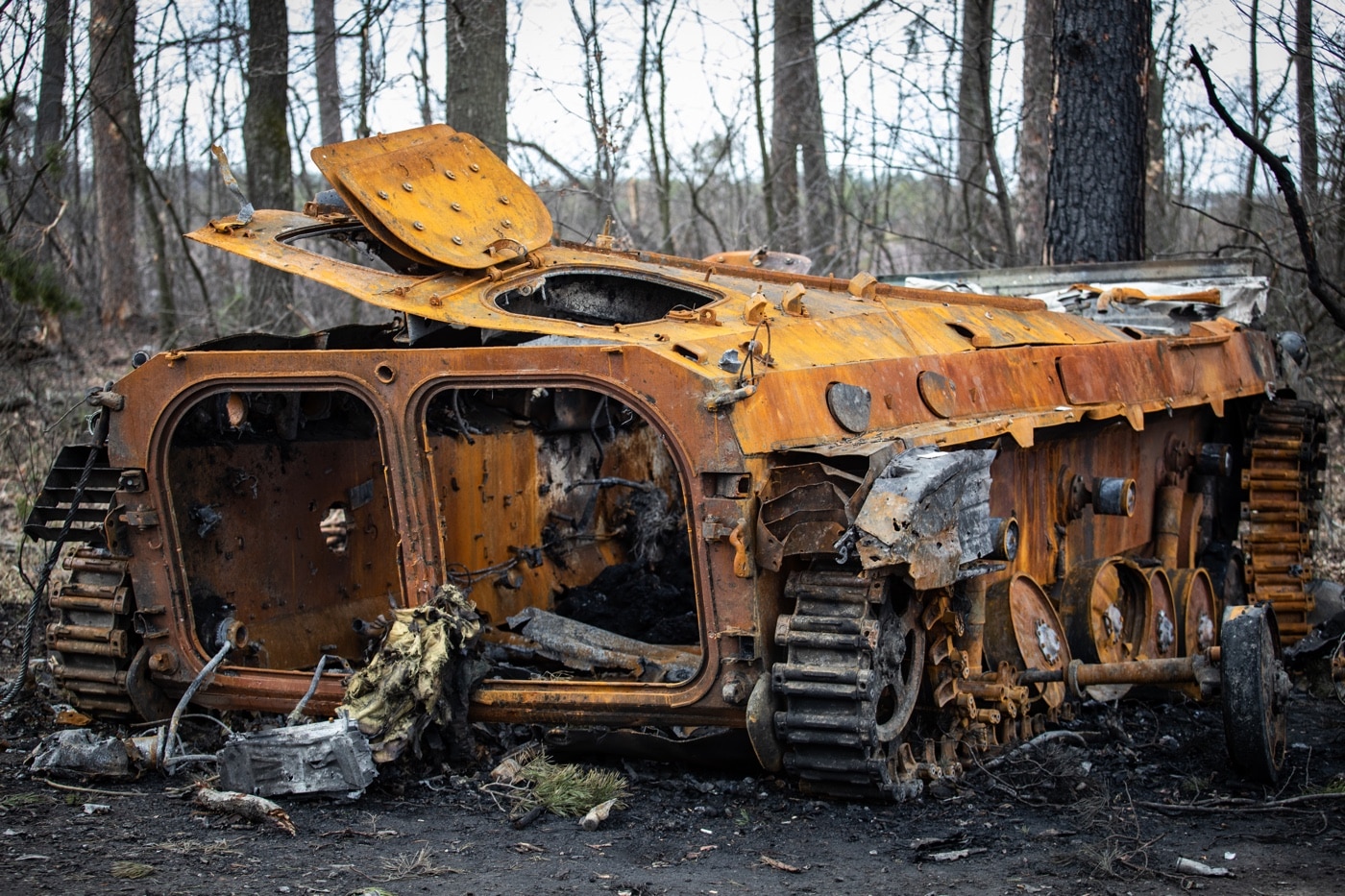
Yet, the operation — like that of Market Garden — actually seemed to be going largely as planned, and by midmorning on February 24, 2022, the Russians had taken control of the airport. To those watching the events unfold, it seemed that Russia could achieve its goals.
The Tide Turns in the Battle for Antonov Airport
Whereas the British 1st Airborne had the unwelcome surprise of finding it was facing two SS Panzer divisions, which quickly counterattacked and isolated the paratroopers, the Russians were facing more than just the 300 Ukrainian troops.
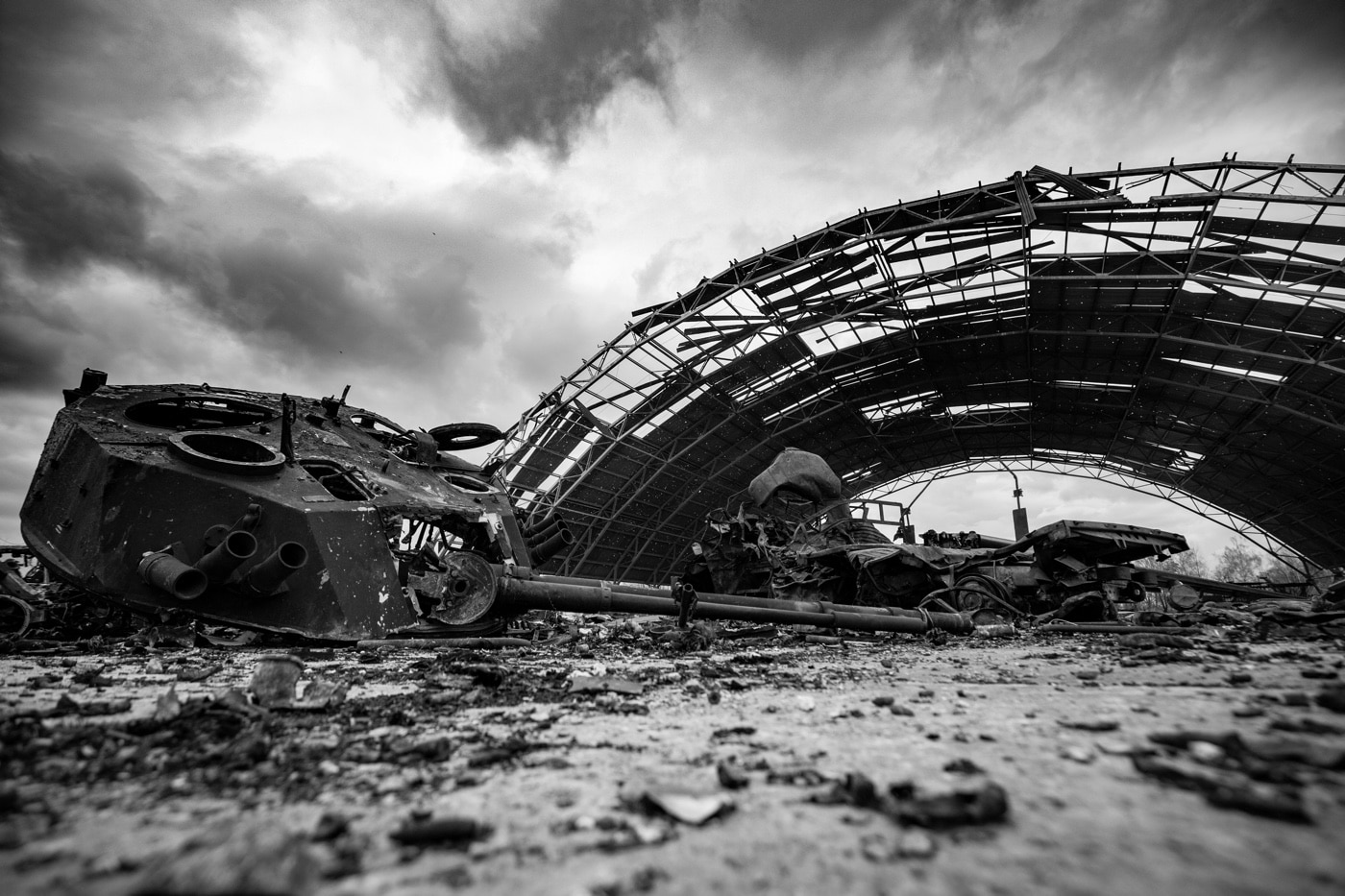
The National Guard of Ukraine’s 4th Rapid Reaction Brigade was a combined arms force trained to NATO standards. It also included a tank battalion, an artillery battery, and an intelligence section with organic signals intelligence and unmanned aerial vehicles, all in support of its two infantry battalions.
In total, the Russians lost at least one Ka-52 and three Mi-8 helicopters in the initial assault, and then the airborne troops had to face a counter-attack that soon came. The paratroopers were driven out of the airport and into the surrounding woods, where they were forced to regroup.
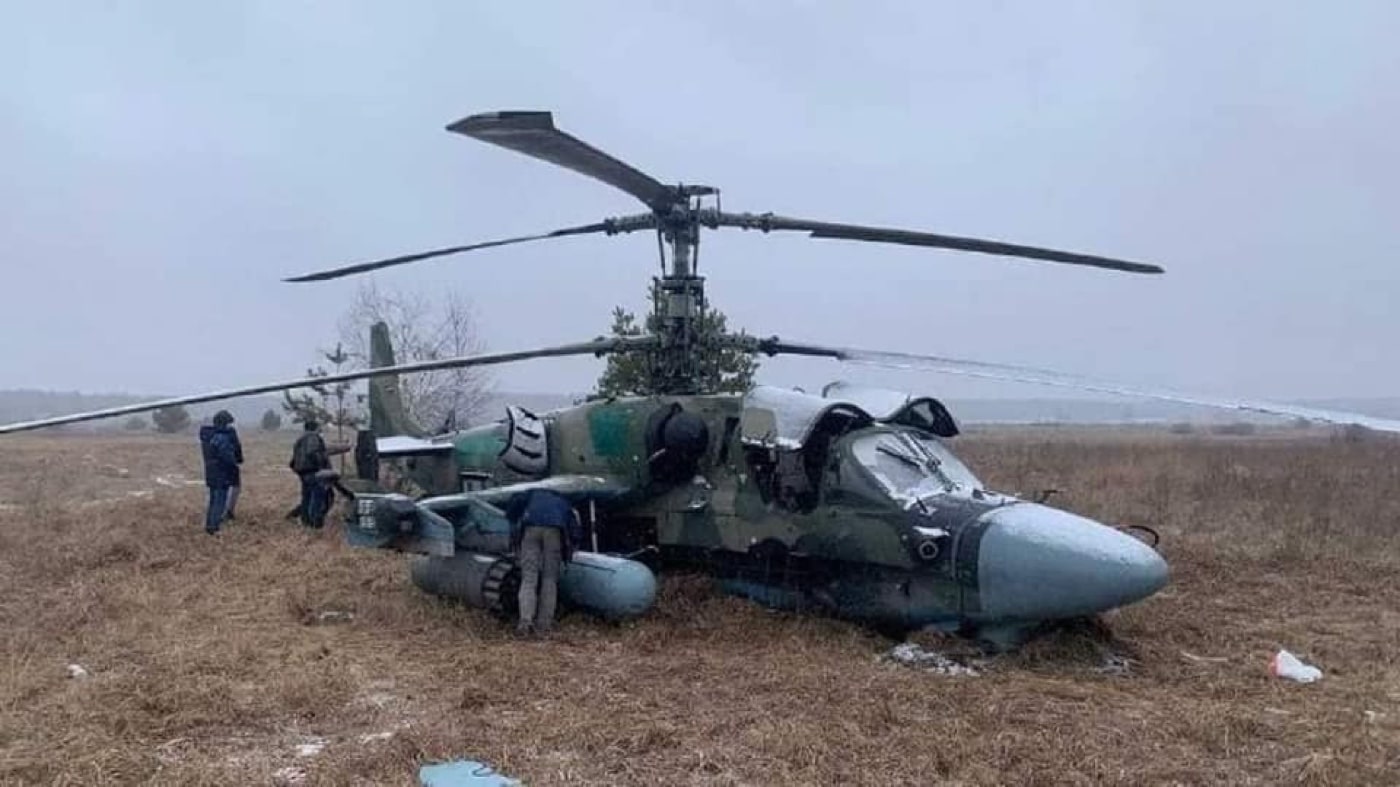
Even worse for the Kremlin, the first Russian reinforcements were supposed to arrive by air — and included a force of 1,000 soldiers that were staged at an airbase in Pskov, Russia, two hours away. The troops were already loaded on nearly 20 Il-76 transport aircraft and were en route when the mission was aborted.
Where there was a significant difference from Market Garden is that Russia’s ground forces did manage to reach the attackers and expelled the Ukrainian defenders, gaining full control of the main objective. They were also able to link up with the ground forces.
Ukrainian Victory and Russian Retreat
However, it was a pyrrhic victory for the Russians — the airport’s runway was either sabotaged by the defenders or seriously damaged in the fighting and unable to be used as a functional airstrip. That fact, along with effective anti-aircraft fire, kept the reinforcements from arriving.
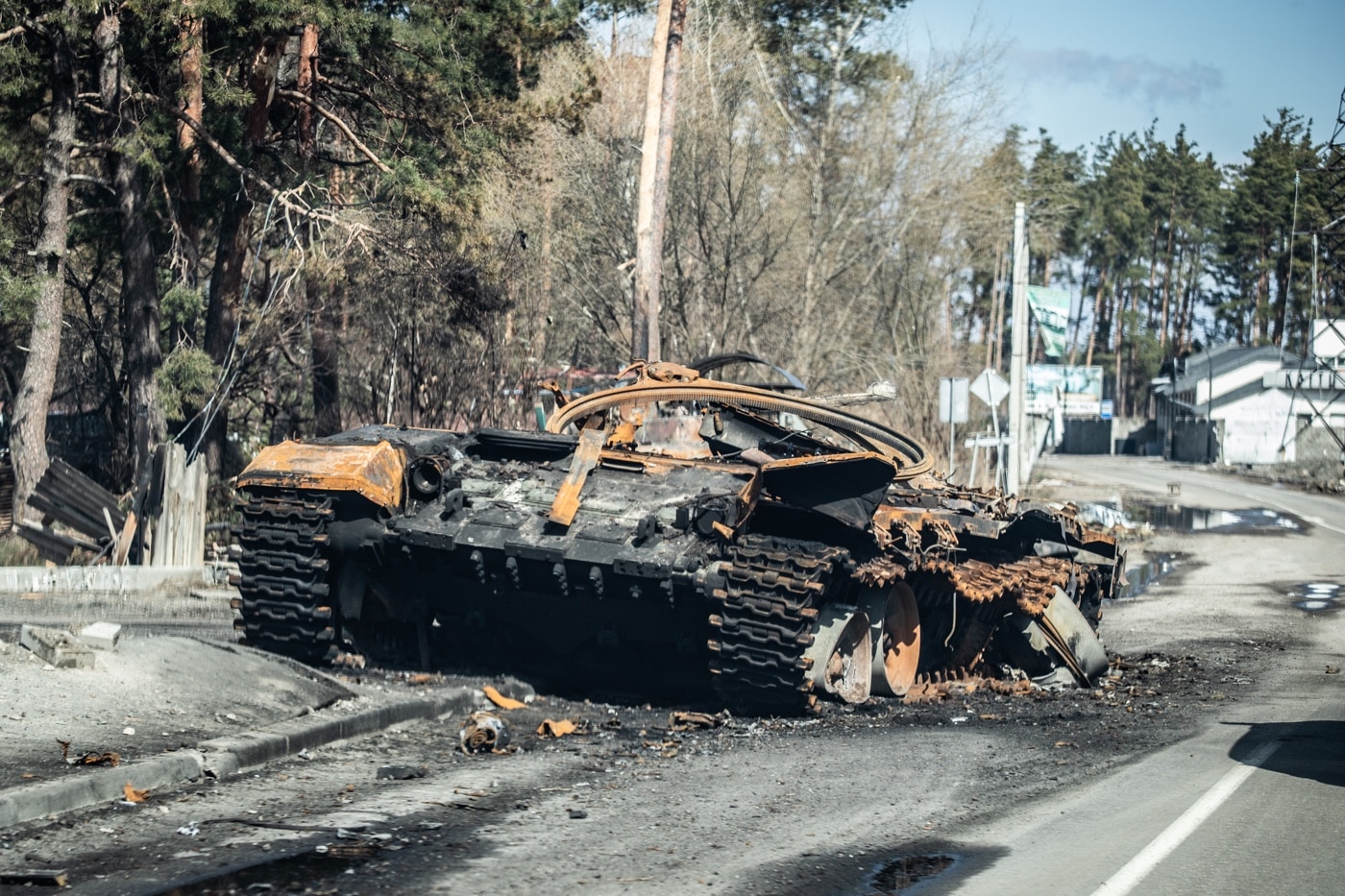
The Ukrainian forces then continued to engage the Russian forces in and around Hostomel. This is where the Ukrainian troops taught the Russians that invading a determined people is not something that can be determined with pre-war estimates.
Ukrainian soldiers engaged the advancing Russian forces north of Kyiv on every street corner, playground, parking lot and roadway wearing them down. At every opportunity, Ukraine attacked the Russian positions. On the outskirts of Kyiv, the Russian offensive was stopped.
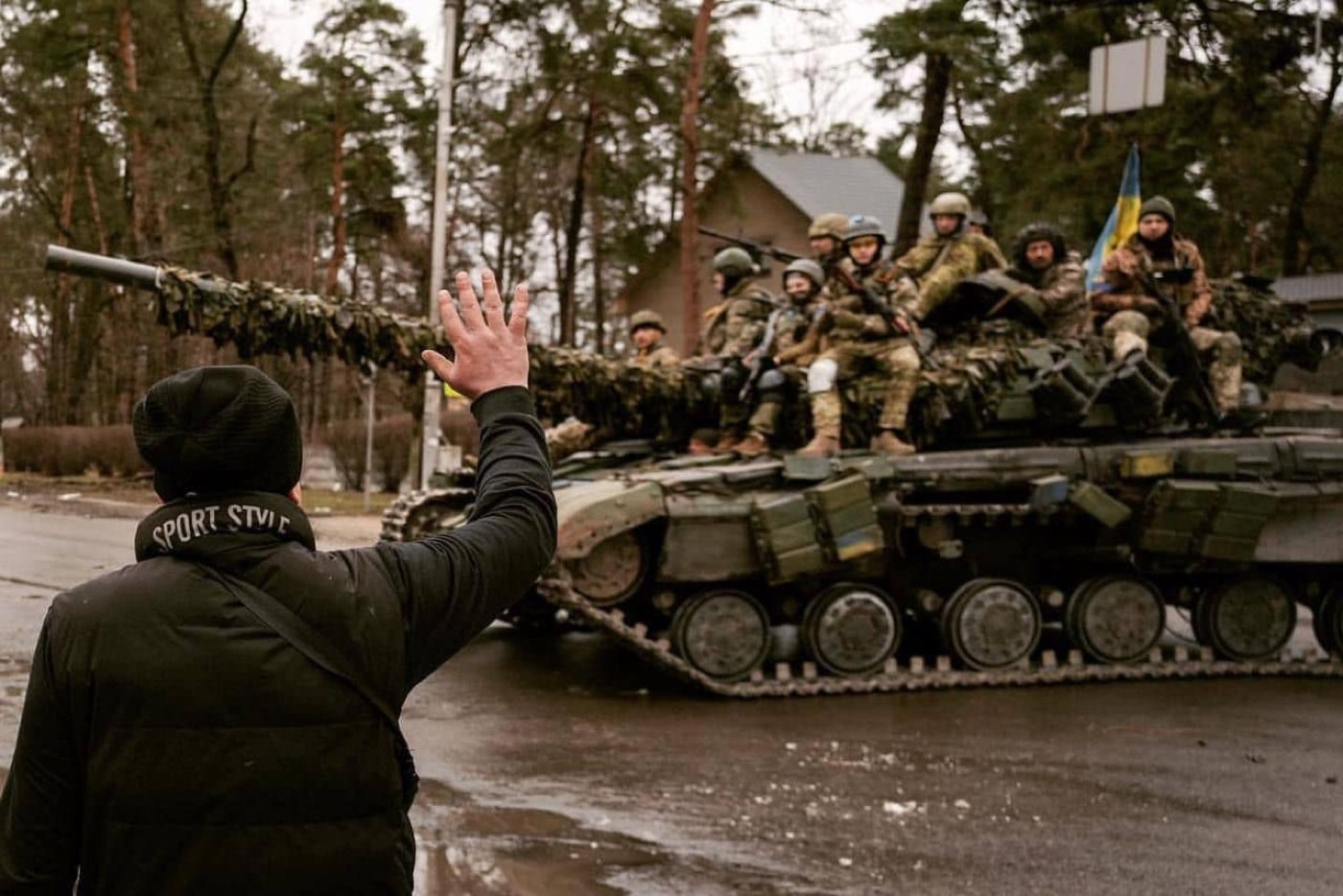
By the end of March 2024, the Russian military withdrew its forces from the Kyiv area. In their hasty retreat, Russian units attempted to destroy the equipment that was not already destroyed by Ukrainian forces. A significant amount of the Russian hardware was captured intact by the Ukrainian military.
In total, the Kremlin’s forces lost armored fighting vehicles, infantry fighting vehicles, multiple artillery pieces and anti-aircraft guns, and at possibly four aforementioned helicopters. Moscow may not have gone a bridge too far, but it attempted a daring and audacious assault that should have been seen as perilous from the beginning.
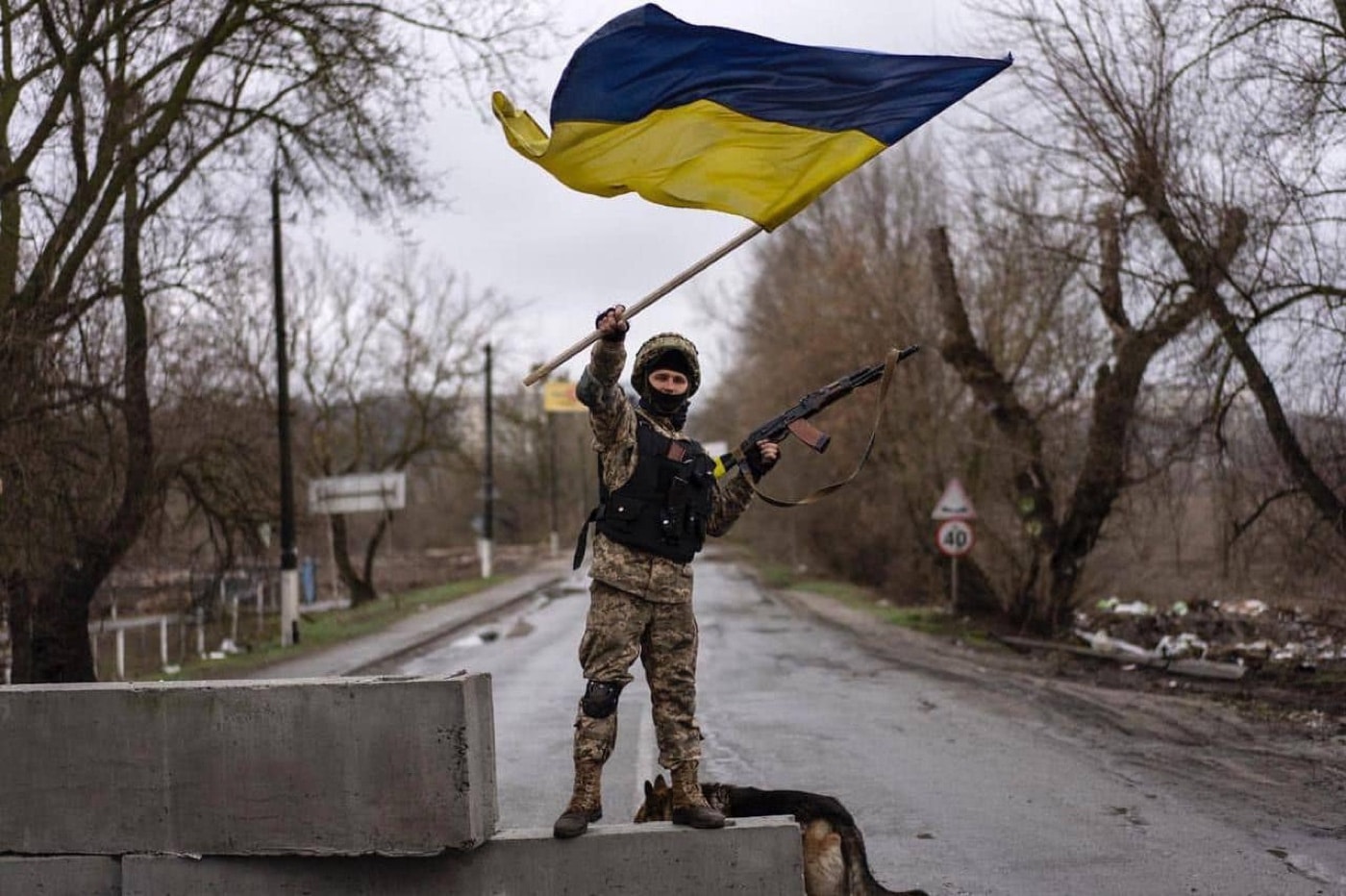
It also tarnished the reputation of the VDV, and possibly put into question whether Moscow would dare mount another airborne operation.
The Battle of Antonov Airport may not seem all that crucial given the more than two years of fighting since. However, it may have been one of the most critical engagements of the conflict — the actions by Ukraine’s National Guard delayed Russia’s assault long enough that the Kremlin was unable to land forces and quickly march on Kyiv.
Editor’s Note: Be sure to check out The Armory Life Forum, where you can comment about our daily articles, as well as just talk guns and gear. Click the “Go To Forum Thread” link below to jump in!
Join the Discussion
Read the full article here











